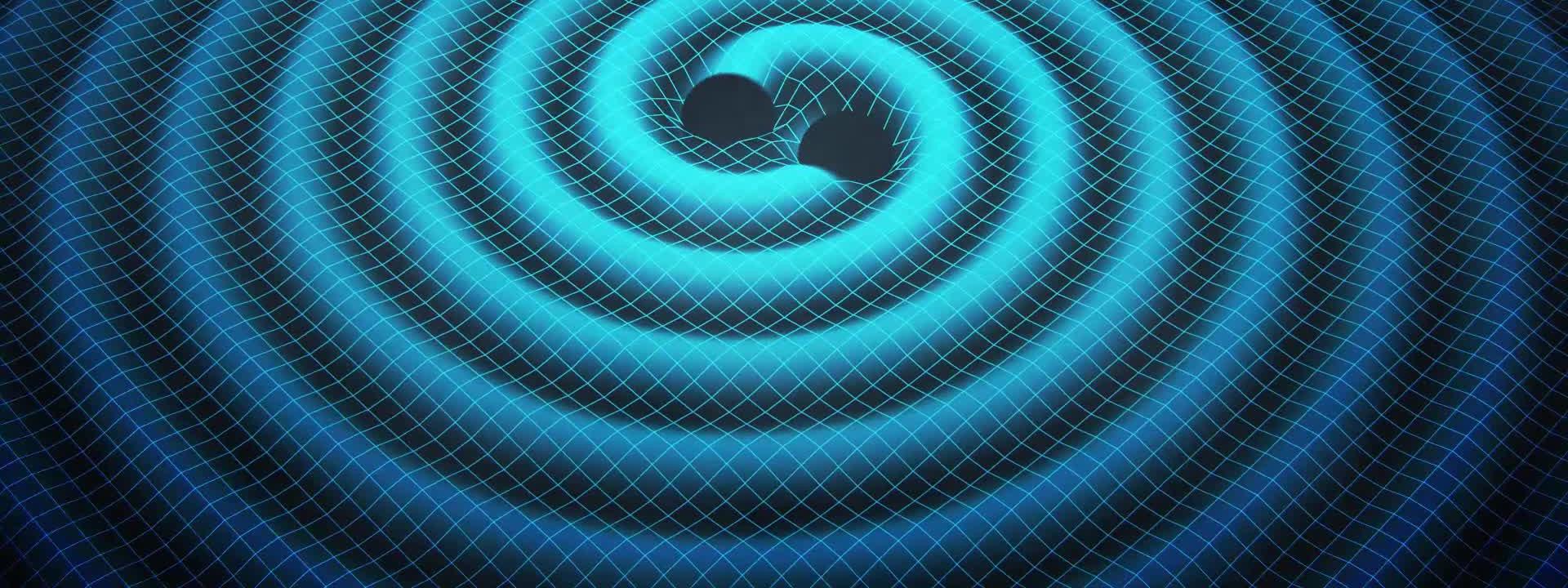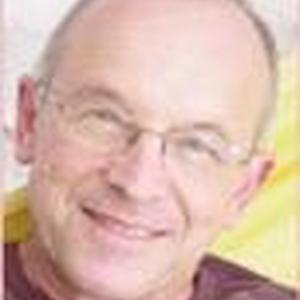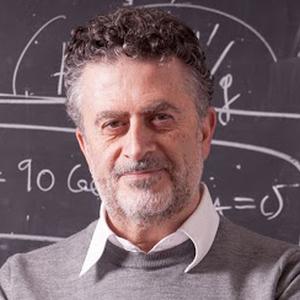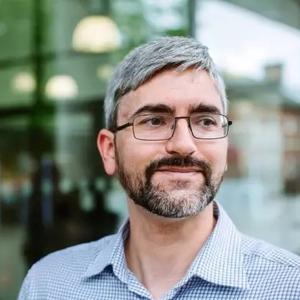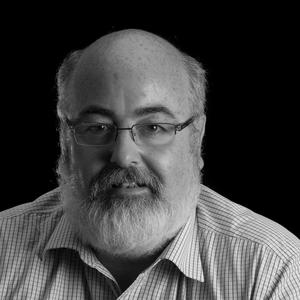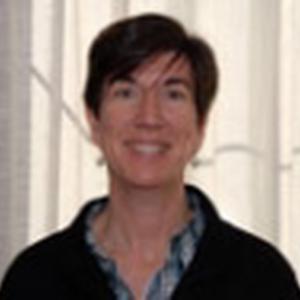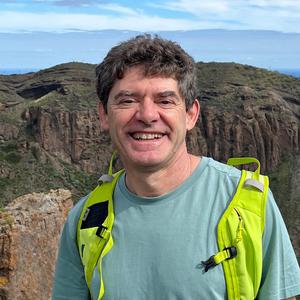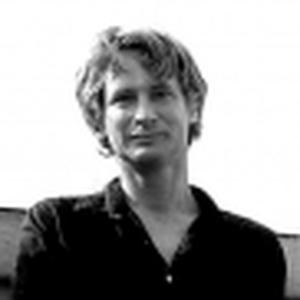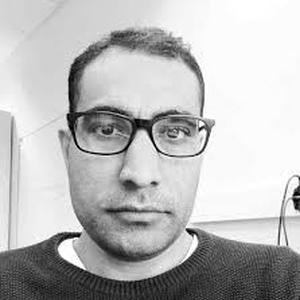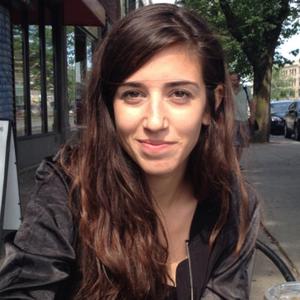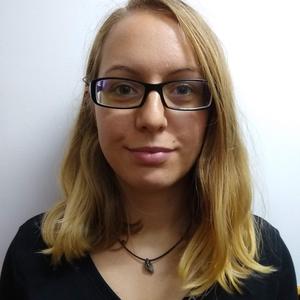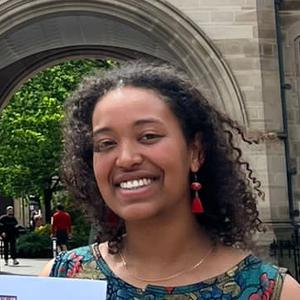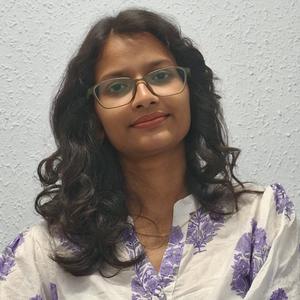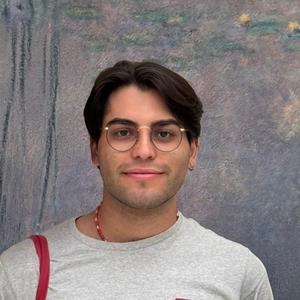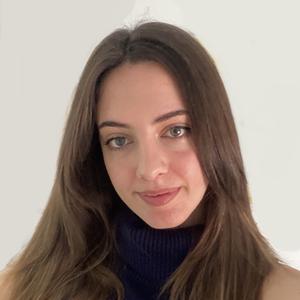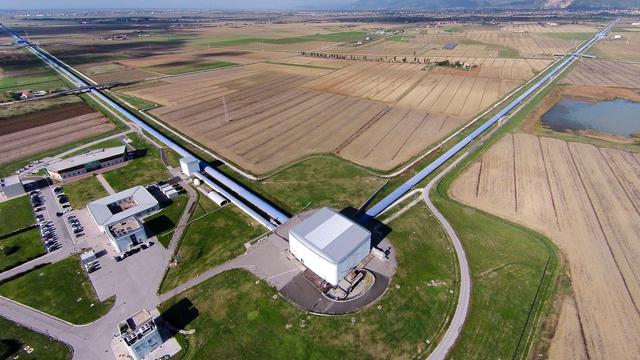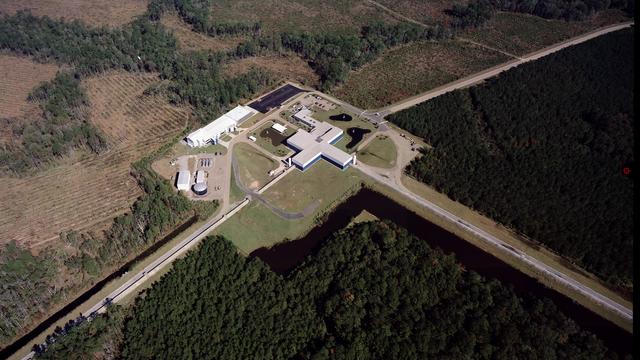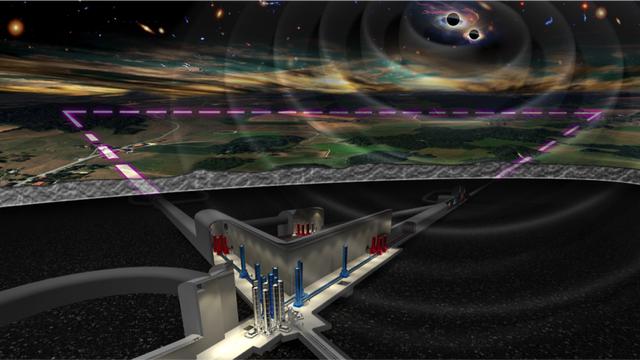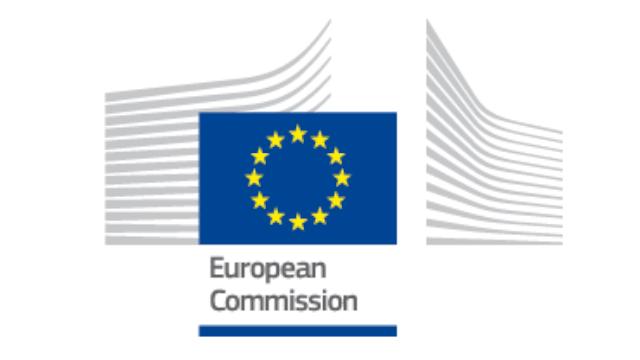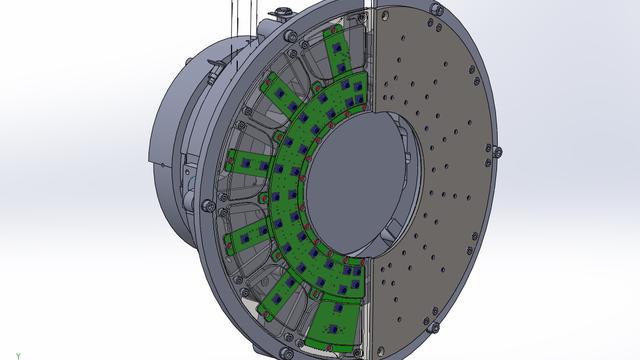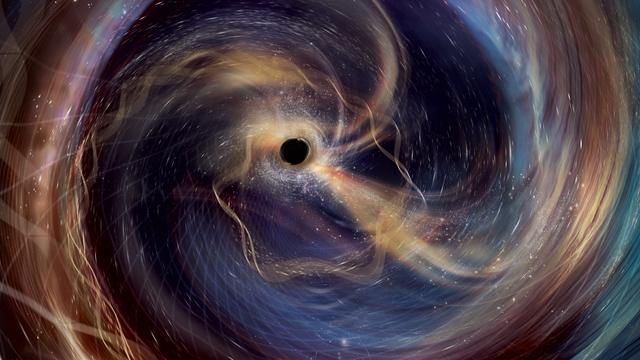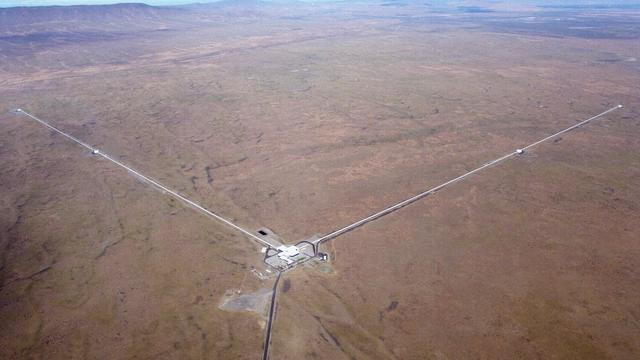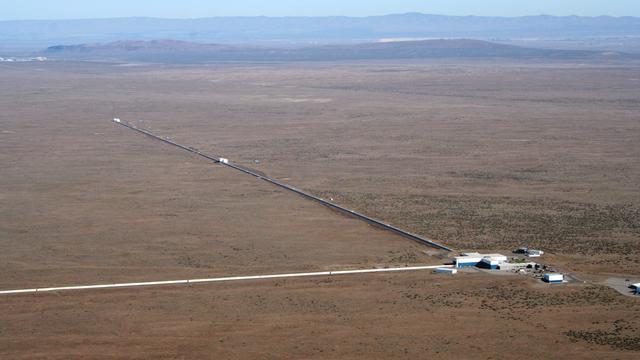In 2019, IFAE initiated a long-term experimental involvement in the Virgo ground-based Fabry-Perot interferometer (Cascina, Italy), with the emphasis of studying fundamental physics using GWs.
The Gravitational Wave Group is led by Mario Martínez
Introduction
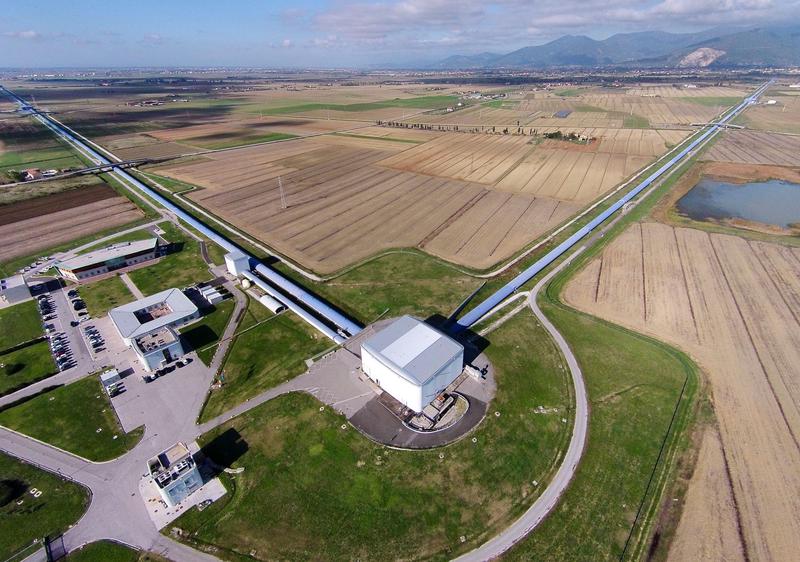
Instrumentation
IFAE responsibilities within Advanced Virgo (AdV+) relate to the understanding and control of the stray light inside the interferometer, considered a limiting factor for its sensitivity, with an IFAE researcher already coordinating the Virgo Stray Light Control group. IFAE is instrumenting very sensitive and delicate parts of Virgo (the areas covered by baffles surrounding the suspended mirrors under vacuum) with many photo sensors to monitor and control the stray light propagating throughout the interferometer.
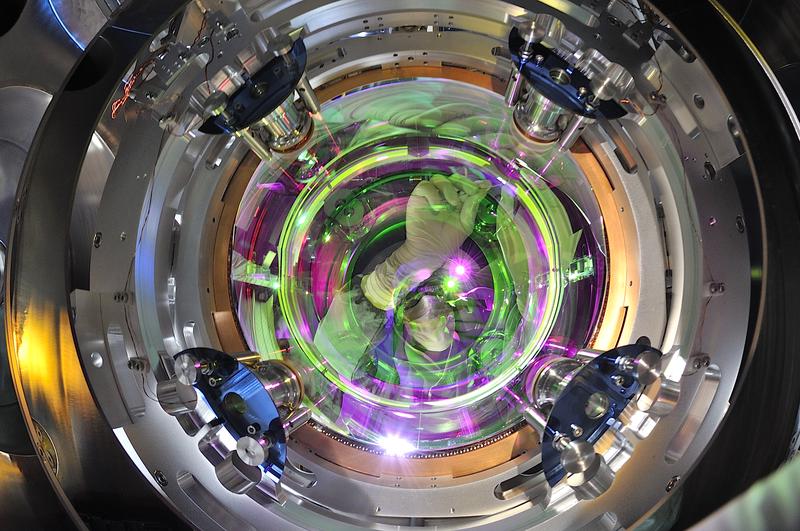
Physics program
The group has put in place a strong physics program with three main pillars:
- the search and study of compact binary coalescence events with emphasis on fundamental physics related to tests of General Relativity and dark matter searches;
- the use of GW for cosmological tests;
- the search for stochastic GW signals as probes of the early universe.
A strong experiment–theory collaboration within IFAE has been established for this purpose. In addition, the group is a main actor in the understanding of the interferometer using detailed simulations.

